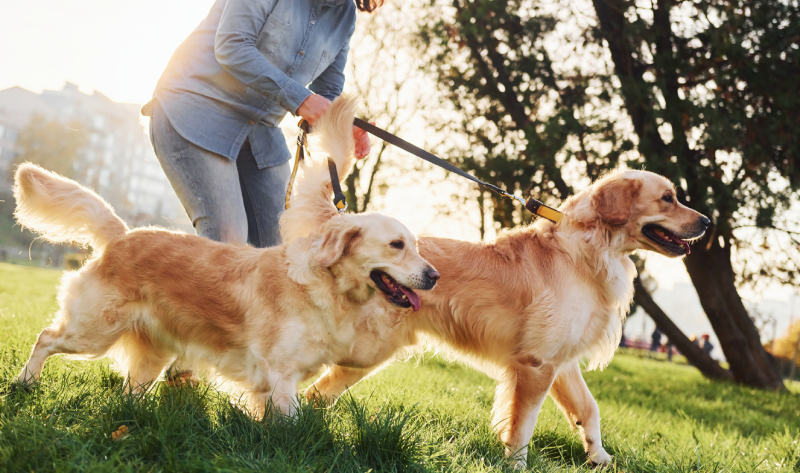As a busy mom and full-time veterinarian, maintaining a healthy lifestyle for myself and my family can be a challenge. January is the month of New Year’s resolutions. While many of us have resolutions for ourselves, usually including losing weight by eating healthier or exercising more, it is also important to remember that a healthy weight for our pets can increase their lifespan.
About Dr. Ashley Hoogland
Before I continue with the Stay Healthy article for this week, let me introduce myself. My name is Dr. Ashley Hoogland, and I am the new associate veterinarian who will start at Orange City Family Animal Care on February 3rd.
Since graduating from Iowa State University College of Veterinary Medicine in 2014, I have found a passion for working with companion animals. Recently, I’ve delved into some exotic work, and, while this is a learning process, I am enjoying it. I live just outside of Hospers with my husband, Cory, and our 6 children: Jaci, Riley, Brynnlee, Kenzie, Colby, and Zayleigh (ages 7-1). I have three dogs, two St. Bernards (Gibbs and Patches) and one Great Pyrenees (Hagrid), and three cats (Ashes, Soot, and HorsePower). In my free time, I love reading. My family and I are actively involved in our church, Faith Community Church of Sheldon.
Is Your Pet Overweight?
Obesity in pets is the most common PREVENTABLE disease in North America. Obesity is an accumulation of excess body fat, and it can shorten a pet’s life since they are more prone to developing diseases. A few examples of health issues that obese pets have an increased risk of developing include cancer, diabetes mellitus, heart disease, hypertension or increased blood pressure, osteoarthritis, and urinary bladder stones.
Healthy pets have a body condition score of 2 or 3 out of 5. This means that the pet’s ribs may be visible and easily felt or felt without excess fat. A good comparison would be this: if your pet’s ribs feel like the back of your hand, your pet has an excellent body condition. If the ribs feel like your knuckles or stick out like knuckles, your pet is too thin. If the ribs feel like the palm of your hand, your pet is overweight. The waist should also be visible and obvious when viewed from above.
Why Portion Control Matters for Pet Weight Loss
If you have a pet that is overweight, it is important to adjust feeding for weight loss, using a specific diet, portion and meal frequency, and similar changes a human would make to lose weight. This should all be done after talking with your veterinarian during a nutritional consultation. You should not simply reduce the volume of your pet’s current food because, over time, this can cause malnourishment. There are many veterinary-formulated diets that help with healthy and safe weight reduction in pets. It is critical to be consistent with feeding, both portions and meal frequency, and resist the temptation to provide extra snacks to reach a weight goal for your pet.
Exercise and Activity for Pet Weight Management
Increasing your pet’s physical activity is also a possibility after talking with your veterinarian to ensure a change in activity level is safe. Pets that are morbidly obese may not be able to tolerate more exercise until they have started to lose weight via the adjusted feedings.
Find Your Pet’s Healthy Weight with Orange City Family Animal Care
Each pet deserves to live a long and healthy life, and the team at Orange City Family Animal Care is more than happy to make sure your furry family member has a healthy 2025!
Book an appointment today for your cat, dog, or exotic pet at our vet clinic, serving Orange City, IA and nearby towns like Sioux Center and LeMars.

